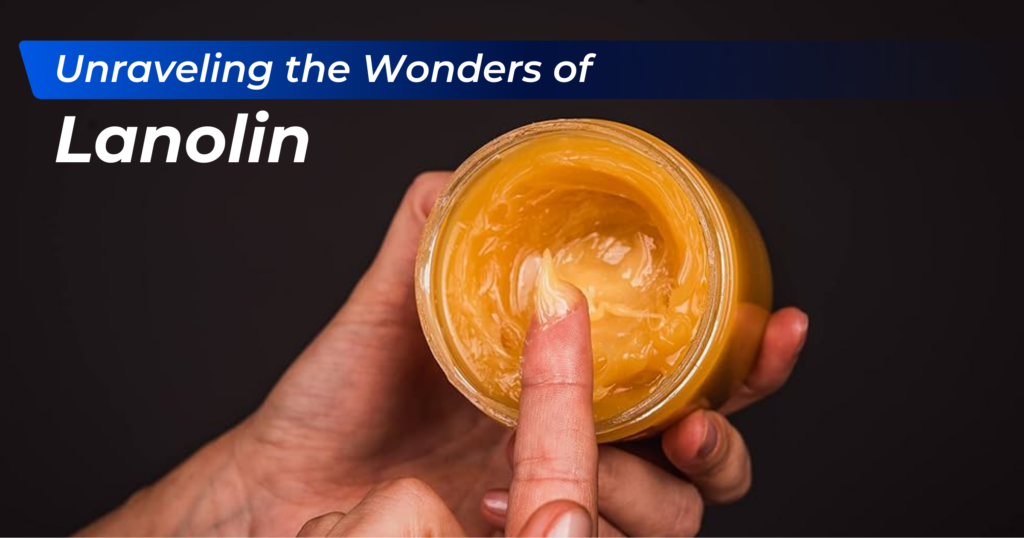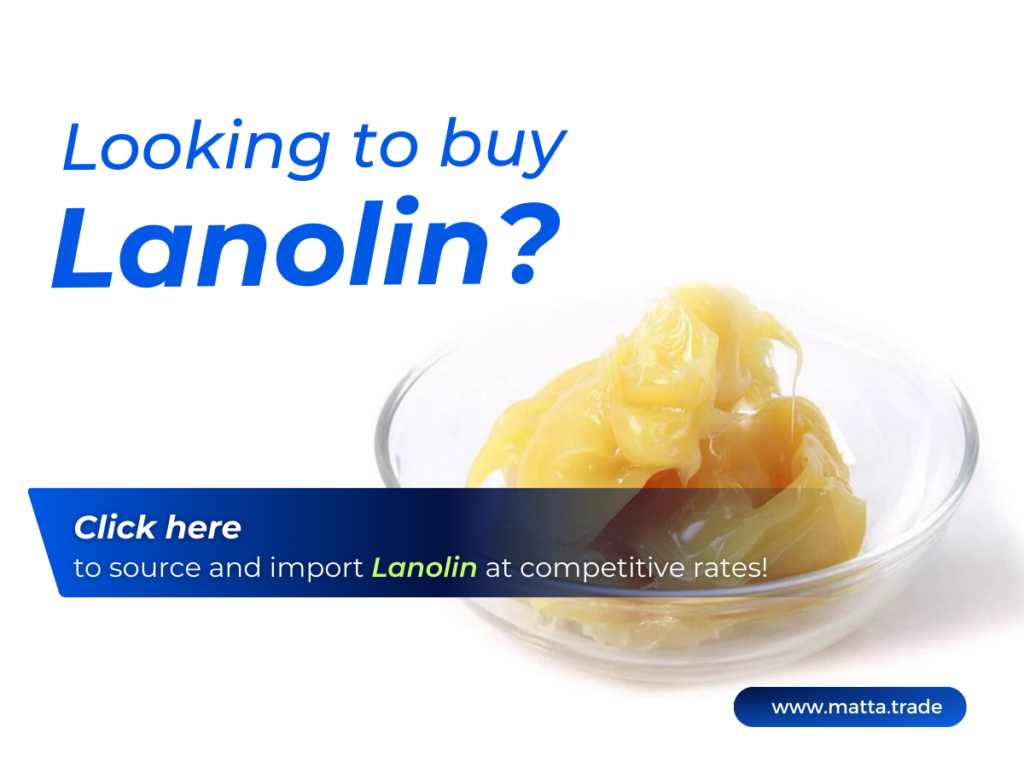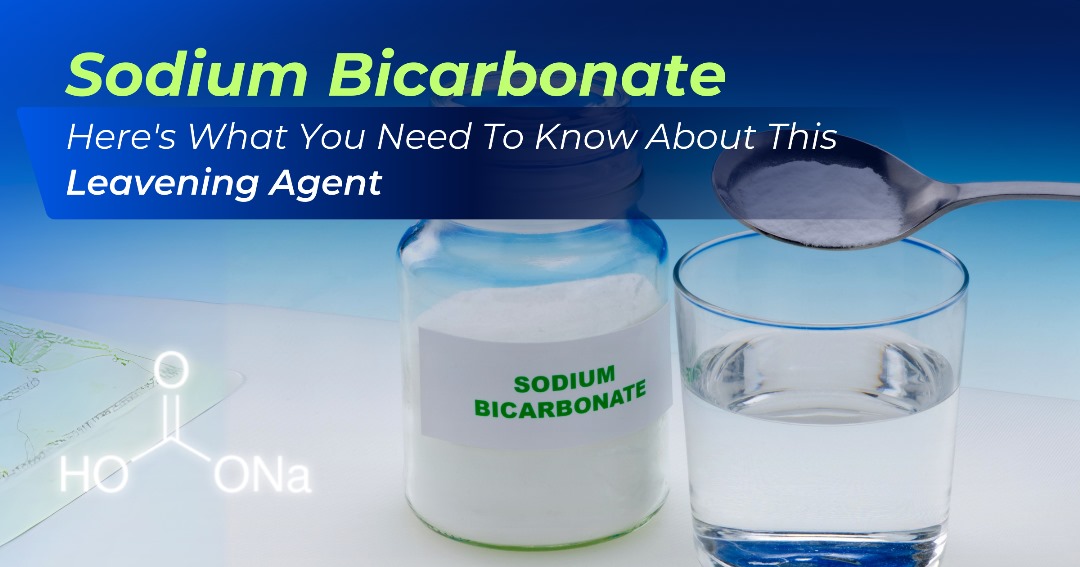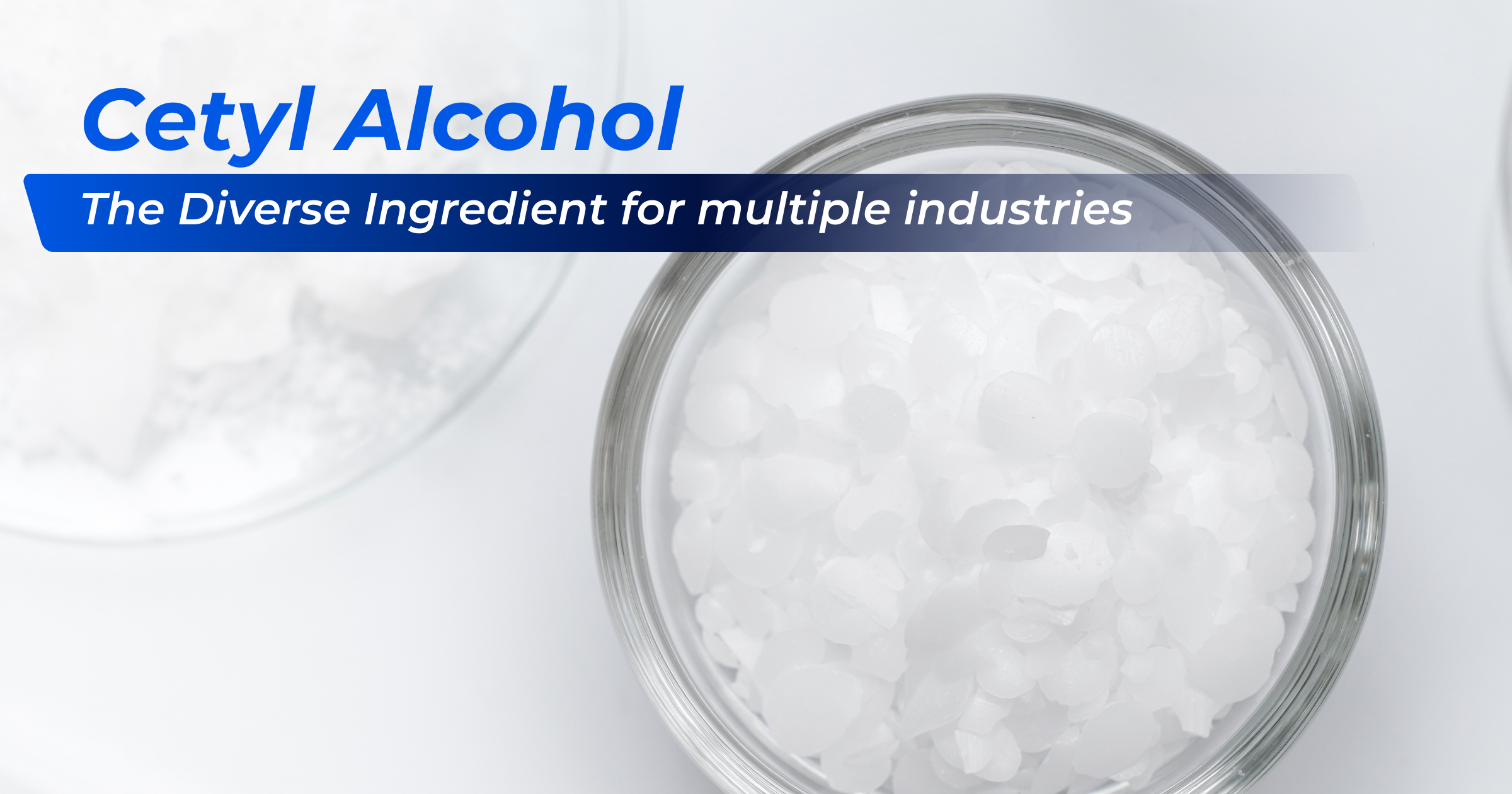
The term “lanolin” comes from the Latin words “lāna,” meaning wool, and “oleum,” meaning oil. Lanolin is secreted by sheep’s sebaceous glands and helps waterproof the animal’s coat and skin. Lanolin is extracted from raw sheep’s wool through a complex purification process that involves washing, filtering, degumming, and deodorising the wool grease. This process removes impurities from the wool wax and produces a highly purified wool fat.
Lanolin, a natural wax extracted from sheep wool, serves as a moisture-locking barrier that mimics the skin’s natural oils. It has been used for centuries in ointments and now features in modern creams and cleansers. However, despite its versatility, lanolin remains misunderstood, raising questions about its effectiveness and potential downsides.
This article explores the history, science, and benefits of lanolin while debunking common myths. With expert insights, we aim to empower you to understand how wool fat can enhance your skincare routine for optimal hydration and healthy, vibrant skin.
Let’s dive into the wonders of this unique ingredient!
Lanolin Production and Economics
Lanolin is composed primarily of long-chain fatty acids such as lanosterol, lanosterol, ergosterol and lanoelaidic acid. It also contains cholesterol and esters of high molecular weight alcohols. wool fat has a unique ability to absorb, emulsify and retain water. This makes it valuable in moisturising, softening and protecting skin and other surfaces.
Lanolin, derived from wool grease during wool scouring, is produced mainly in China, Australia, New Zealand, and South America. Valued at USD 380 million in 2021, the global lanolin market is projected to reach USD 590 million by 2030, with a CAGR of 4.5%.
China dominates production and consumption, accounting for over 50% of global output, driven by demand for cosmetics and skincare products. Australia and New Zealand follow closely. While Africa’s lanolin market is still emerging, countries like Ethiopia, Kenya, and South Africa show growth potential due to expanding textile industries.
Rising consumer interest in natural moisturizers boosts market prospects, but raw wool price fluctuations and the need for sustainable extraction methods may affect supply. Lanolin’s renewable properties position it as an essential ingredient in future personal care trends.
Chemical Structure and Composition of Lanolin
Lanolin is a complex mixture of chemical components with unique skincare benefits. It contains 20-45% cholesterol, a fat-like compound that softens skin, repairs the barrier, and enhances water absorption.
Rich in fatty acids like lanosterol and linolenic acid, lanolin acts as a potent emollient and skin protectant. Esters, such as lanoceric acid, improve absorption and moisture retention. Lanolin alcohols, including lanosterol and dihydro-lanosterol, help smooth and coat the skin.
Additionally, wax esters provide occlusive properties, forming a protective barrier to lock in moisture. This versatile composition makes lanolin an effective ingredient in personal care and skincare products.
Applications and Uses of Lanolin
Lanolin is commonly used in skincare preparations and cosmetics, such as creams, ointments, lotions and lip care, as an emollient and moisturiser. It helps smoothen and soften the skin by filling the spaces between the skin’s natural lipids, enabling it retain moisture.
Secondly, lanolin nipple cream is a topical ointment made from lanolin, playing a vital role in supporting breastfeeding mothers in soothing and protecting sore nipples, stemming from its unique properties for safe and effective breastfeeding practices.
Lanolin is often used in hair care products as a conditioning agent. It coats the hair shaft and provides lubrication, to help make hair softer, shinier, and also help repair hair damage.
It is used to lubricate and prevent rust in machinery and tools like scissors, needles, and surgical instruments. The unique chemical structure of lanolin makes it useful as a surfactant or emulsifier in cosmetics and pharmaceuticals.
Lanolin’s emollient and lubricating properties enhance medicinal creams and salves, aiding absorption and soothing skin conditions like eczema. It forms a protective barrier, moisturizes, and prevents cracking, such as in nipple creams. Its versatility also extends to hydrating skin, waterproofing materials, and lubricating surfaces across various industries.
Benefits of Lanolin
(The unique composition containing cholesterol, fatty acids, and wax & alcohol esters gives lanolin excellent emollient capabilities to hydrate and nourish the skin and hair.)
While not perfect for everyone, Lanolin offers several unique benefits compared to its common alternatives in skincare and cosmetics. Here’s a breakdown of its strengths:
Natural and Hypoallergenic:
Lanolin, derived from sheep’s wool, is ideal for sensitive skin, offering a natural alternative to synthetic creams with minimal irritation risks.
Its superior emollient properties deeply moisturize and soften dry, cracked skin, forming a lasting barrier that locks in moisture better than water-based creams. Lanolin’s occlusive film protects the skin from irritants like saliva, friction, and pollutants, making it ideal for sensitive areas such as nipples and lips.
Beyond skincare, lanolin’s versatility extends to hair conditioners, makeup removers, and wound healing. It’s also safe for babies to ingest, making it a top choice for breastfeeding mothers. Additionally, lanolin is a sustainable, renewable resource that aligns with eco-conscious consumer preferences, standing out from petroleum-based alternatives.
Overall, lanolin is a natural, versatile, and effective ingredient with unique advantages over many synthetic alternatives. Its superior emollience, occlusive properties, and safety for breastfeeding mothers make it a valuable choice for various skincare needs. However, its potential downsides, like texture and allergies, necessitate individual considerations. Ultimately, the best choice depends on personal preferences, skin type, and specific needs.
Global Lanolin Market
Lanolin production is led by China, Australia, and New Zealand. China, the world’s largest producer, accounts for over 30% of global output, focusing on industrial applications like lubricants and corrosion inhibitors. Australia follows, leveraging its vast sheep farming industry to produce lanolin primarily for export. New Zealand, with a strong wool industry, is known for exporting high-quality pharmaceutical-grade lanolin.
Europe imports significant quantities for cosmetics and personal care, with Germany, France, and Italy as top consumers. Similarly, the U.S. relies on imports to meet domestic demand for skincare products, given its limited sheep farming.
Emerging markets like India, Brazil, and Southeast Asia are fueling growing demand across consumer and industrial segments, with some local production now underway. As global demand for cosmetics, lubricants, and corrosion inhibitors rises, major producers like China and New Zealand will remain key suppliers to Europe and North America.
African Lanolin Market Overview
South Africa accounts for the largest share of Africa’s wool fat production with over 24 million sheep in its established sheep farming and wool industry. Several facilities like Cape Wools SA and AWTA Ltd in South Africa process greasy wool and extract wool fat as a by-product.
Morocco has a sheep population of over 16 million and a well-developed textile industry. Its wool extracts are mainly exported to Europe, the Americas and Asia with support from the government, and adoption of innovative techniques to improve the quality and volume of lanolin production.
Ethiopia is one of the largest livestock producers in Africa. With a sheep population of over 30 million, Ethiopia a large livestock producer is leveraging the substantial raw wool output to build lanolin processing facilities near textile hubs as a lucrative opportunity.
Kenya has a substantial sheep population and textile sector, making efforts to adopt better wool harvesting and lanolin extraction methods through training and technical support to boost lanolin yield and cater to increasing demand.
With the vast sheep population and growing textile industries, Africa offers an attractive opportunity for wool fat production. Adopting advanced technologies and increased investments can help African countries realise the full potential of their lanolin resources. Stimulating local processing capabilities and economies around wool fat also supports sustainable development. The future looks bright for the African lanolin industry.
Lanolin in Nigeria
Lanolin production in Nigeria remains in its early stages, with most supply still reliant on imports. However, a few emerging producers are beginning to meet growing local demand.
Lanolin is widely used in Nigeria’s cosmetics industry for skin creams, lip balms, and moisturisers, valued for its exceptional hydrating properties. Both international beauty brands and local cosmetic companies rely on lanolin to formulate products suited for the African market.
In pharmaceuticals, lanolin acts as an emulsifier and emollient in topical medications, enhancing skin hydration while delivering active ingredients effectively.
On the industrial front, lanolin serves as a lubricant in metalworking and as a corrosion inhibitor for protective coatings.
As domestic production expands through increased sheep farming and wool processing, Nigeria has the potential to reduce imports, making lanolin more affordable and accessible across industries. This shift will promote local sourcing, benefiting both producers and consumers.
Future Outlook on Lanolin
The lanolin industry has a promising future, driven by market growth, innovations, and sustainability efforts. According to Verified Market Research, the global lanolin market is projected to reach $315 million by 2027, growing at a CAGR of 7.8% from 2020 to 2027.
Increasing demand from pharmaceutical, personal care, and cosmetic sectors fuels this growth, especially in emerging markets like China, India, Brazil, Southeast Asia, and Africa, where consumers prefer natural ingredients.
Innovations in extraction methods are yielding ultra-pure lanolin, while new products like baby care, hair care, and sun care solutions expand its applications. Nanoscale lanolin is also emerging for advanced drug delivery systems.
On the sustainability front, the industry prioritizes animal welfare, as lanolin is a renewable byproduct of wool. Producers are adopting eco-friendly processes to minimize solvent use and emissions, aligning with consumer demand for sustainable products. These advancements position lanolin as a key ingredient across industries in the years to come.
In summary, increasing demand, a focus on innovation, and environmentally responsible production will shape the future of the global lanolin industry in a positive direction. Lanolin is poised to continue providing immense value across sectors.
Wrapping up…
Lanolin’s versatility spans industries, from skincare and cosmetics to corrosion prevention, showcasing its remarkable potential. Derived from sheep’s wool, this wax offers both health benefits and industrial value, turning a byproduct into an economic asset.
As global demand for natural ingredients rises, especially in emerging markets like Africa and Nigeria, lanolin can drive sustainable growth and empower rural communities. Its journey from wool grease to essential product highlights human ingenuity and innovation.
At Matta, we believe knowledge is power—empowering people and professionals alike to harness the potential of materials like lanolin for a better future. Thank you for reading.





